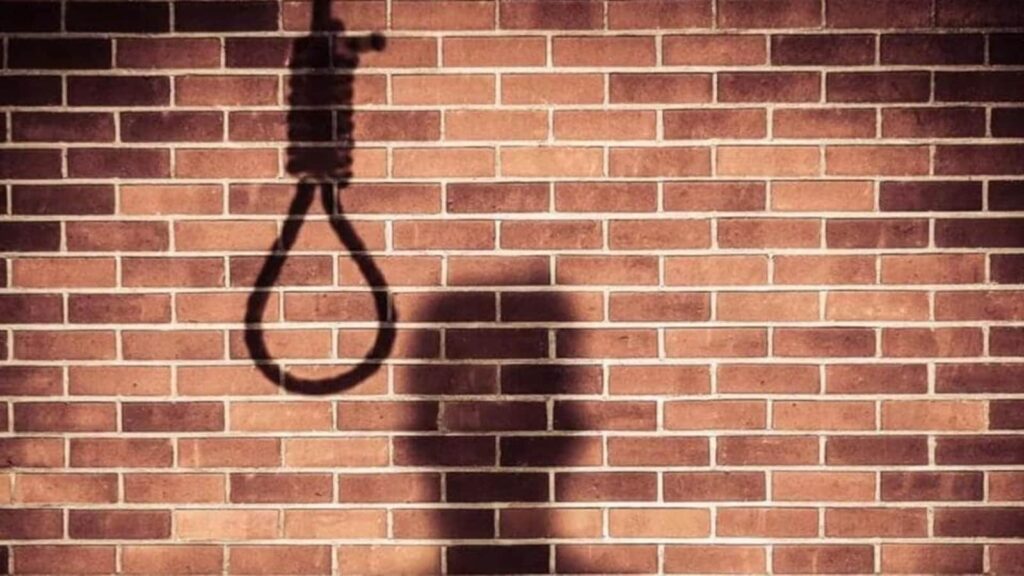Can Kota change? This question is swirling after the untimely death of yet another young person in the Rajasthan town that has come to represent both the hope and the despair inherent in the India story. Since the mid-1980s, the dusty town has become the focal point for thousands of families from the hinterland, looking for a ladder that could help their sons – and yes, it’s still mostly sons – pull their families out of poverty. The airless cubby holes that cram hundreds of students from sunrise to sunset, and sometimes even beyond, preparing them for India’s highly competitive exams for engineering and medical colleges, are seen as the only viable shot at prosperity.
By now, it is clear that many students are cracking under the pressure. On Wednesday, an 18-year-old student died by suicide. His unfortunate death marked a grim landmark, pushing the toll of students this year to 21, the highest in eight years. Many of them came from underprivileged families in the countryside. The problems are known, and have been catalogued diligently. Studies show some young people find it difficult to adjust to the gruelling routine of what can barely be called pedagogy, wither away from their homes for the first time, and their depression, illness and anxiety are brushed under the carpet of competitive spirit. Oversight mechanisms are rare, and often crude and ill-informed – limited to perfunctory steps such as putting steel cages around ceiling fans. The suicides of scores of young people has sparked a peculiar kind of governance paralysis, evoking dull condemnation but little corrective.
This cannot stand. No modern society treats the deaths of young people as collateral damage. The problems are many – the government needs to enact a robust oversight mechanism that makes institutes fall in line, the centres need to be, or be made to become, more cognisant of deaths, and the authorities should invest in creating some support structures to lessen anxiety among struggling students instead of castigating them. But the change will remain piecemeal unless the disproportionate importance of these examinations, and of coaching centres in the preparation for these tests, are addressed. Examinations for our premier institutions will need to become more insightful and ensure equality of opportunity, while our policymakers will need to level the playing field more aggressively. Ultimately, whether the situation improves will depend on a mix of policy incentives and punitive action.
Can Kota change? It must.
Embrace independence with quality journalism
Save on HT + The Economist subscription


